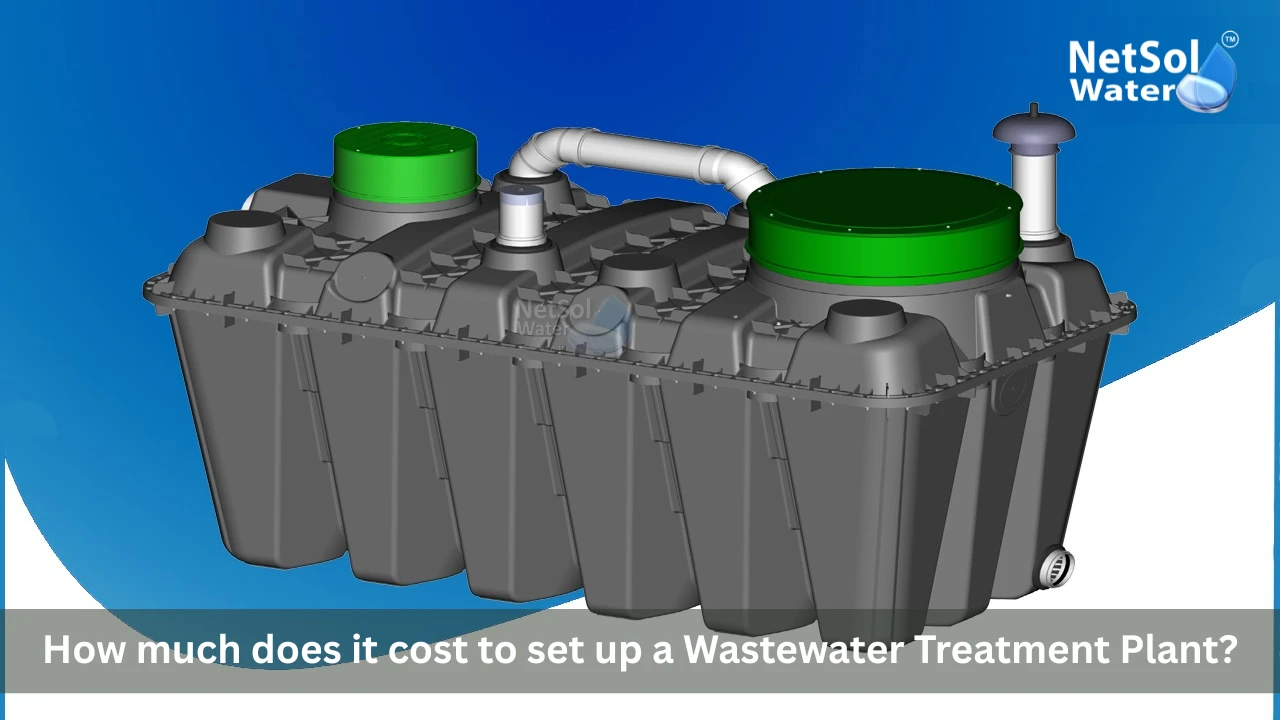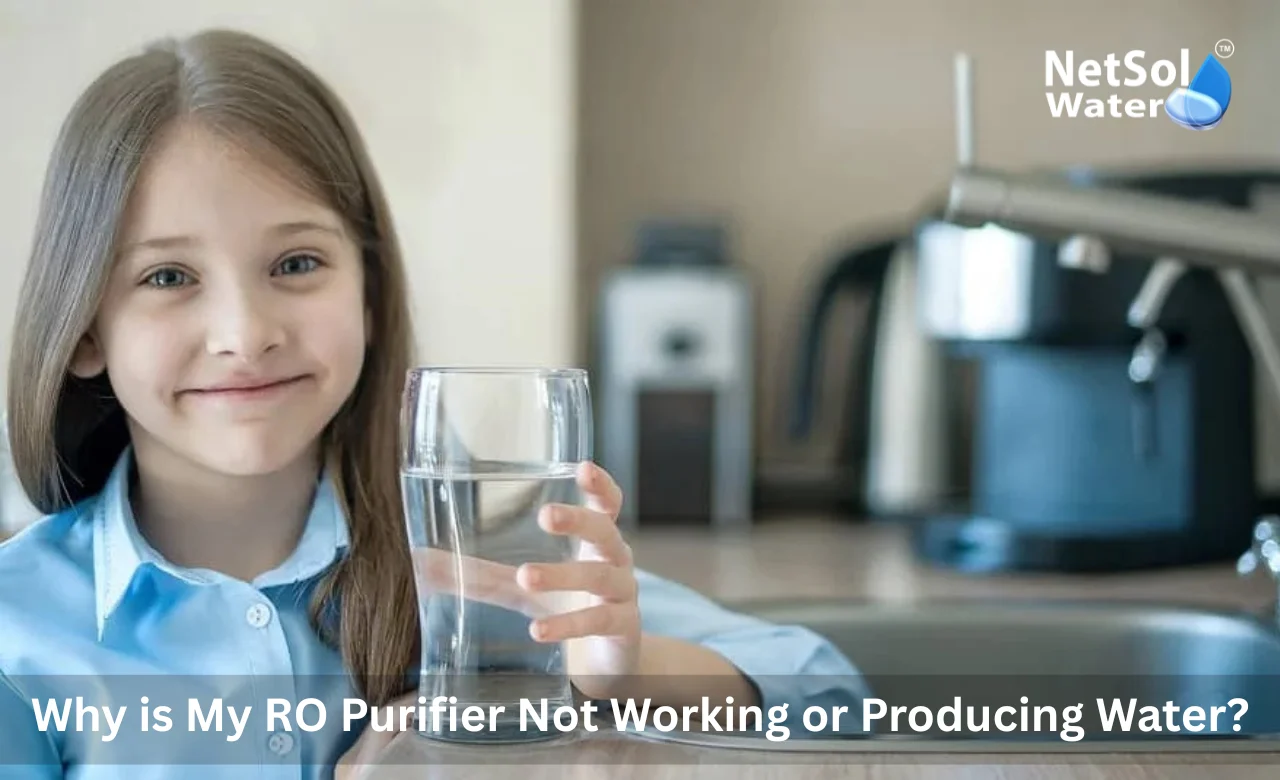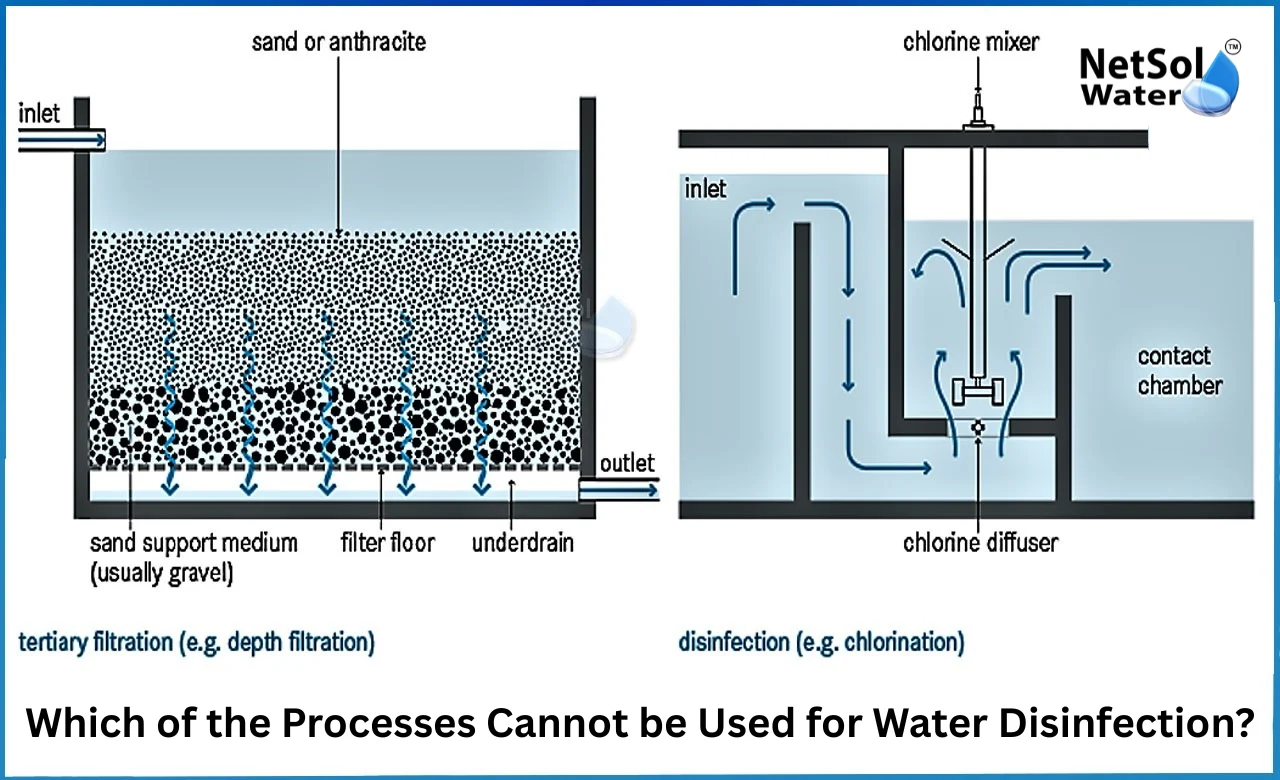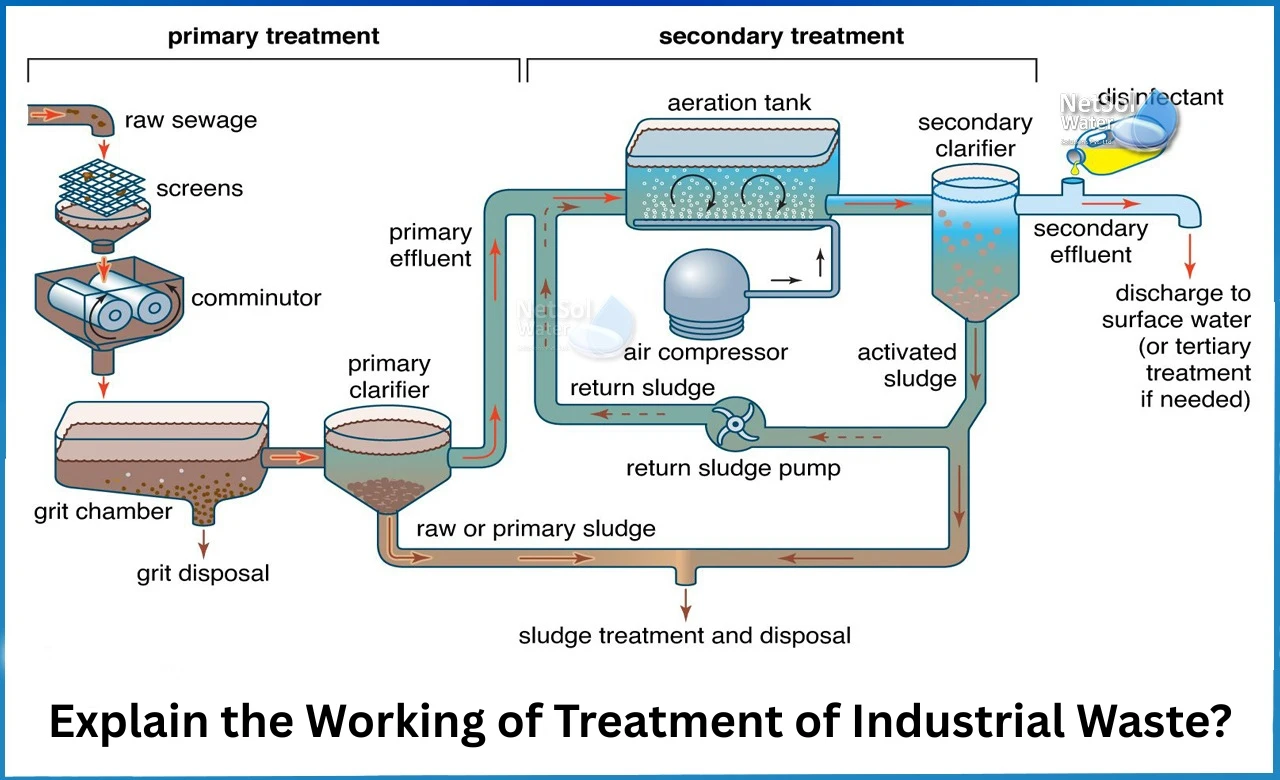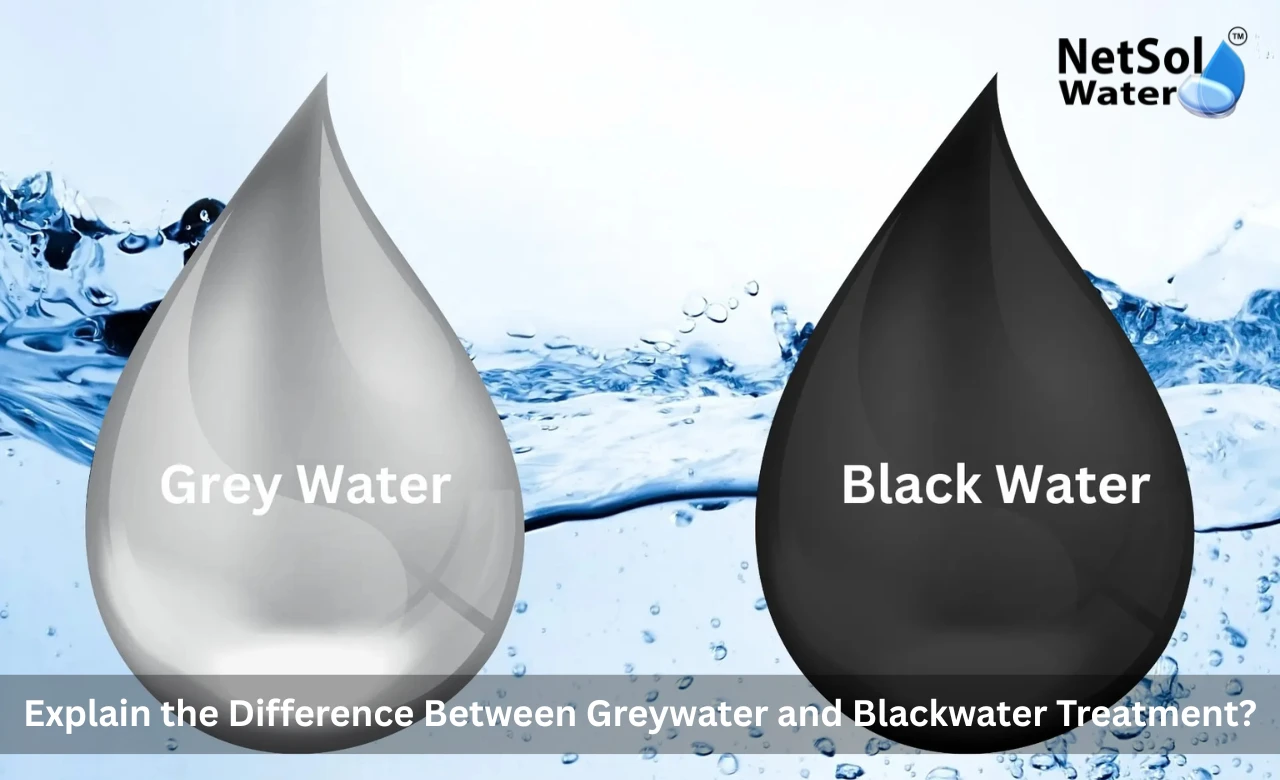How much does it cost to set up a Wastewater Treatment Plant?
Setting up a Wastewater Treatment Plant involves many steps and many choices. Netsol Water is the leading Wastewater Treatment Plant Manufacturer and it works with clients to design plants within budget. We will explain what drives cost and what a buyer should check before they decide.
Factors that affect cost
Understanding cost starts with knowing which parts make the price change. Let us have a look on some of the key cost drivers.
Size and capacity
Plant capacity shapes most of the price. A small plant for a housing cluster will cost much less than a plant for a factory complex. Size affects tank volumes pumps and piping. Larger capacity needs stronger support and more land. Civil work scales up as size grows. Equipment such as blowers filters and clarifiers must fit the flow. The cost per cubic meter may fall as capacity rises. This means a bigger plant can offer lower unit cost but will need a higher total spend.
Treatment technology
The choice of treatment method changes the budget. Simple systems use primary settling and biological treatment. Advanced systems add membrane filters or chemical dosing. Each technology adds cost for equipment and control systems. Simpler technology needs less skilled staff and lower power use. Advanced technology gives better water quality and lower footprint.
Site work and civil scope
Land type and site access add cost. Hard ground or sites that need deep excavation will raise civil charges. Foundations and concrete tanks need quality checks and steady work. Access roads and site utilities also add to the budget. Labour and local rates affect how much the civil part costs. Good site planning lowers surprises and keeps the project on budget.
Design and permits
A solid design saves money during build and use. Engineering fees cover layout and control logic and safety checks. Permits and approvals are part of the timeline and the cost. Delays in approvals can raise site fees and labour charges. Work with a supplier that helps with permit steps and with testing for discharge standards.
Types of plants and rough cost ranges
Choosing the right plant type helps set realistic budgets. Let us have a look on some plant categories and cost ranges that buyers see in the market.
Small domestic and community plants
Small plants serve housing clusters, schools and small hotels. These plants use simpler biological processes and take less land. A small plant gives clear savings in civil work and in equipment size. For basic needs the main cost comes from tanks pumps and a small control system. A buyer should budget for quality installation and for testing after start up. Small plants need regular checks and some spare parts. The initial cost stays lower but good operation helps keep the water safe and the lifespan long.
Medium industrial and commercial plants
Medium plants fit factories malls and residential blocks. These plants require better control systems. You will see higher costs for blowers clarifiers and final polishing units. Medium plants often include options for recycling and for reusing water on site. This step adds cost but can lower overall water purchase needs. Choose a qualified supplier who can match process steps to the waste profiles from your site. The right match avoids over design and keeps costs steady.
Large scale and advanced systems
Large plants serve multiple industries or large towns. These installations need strong design for flows and for peak loads. Advanced modules like membrane filtration or tertiary polishing raise the build price and the energy use. Large plants need trained staff and steady maintenance plans. The life cycle cost must guide the choice more than the first price. A buyer should plan for spare parts and for upgrades over time.
Read some interesting information for Commercial RO Plant Manufacturer in Noida
Conclusion
Wastewater Treatment Plant costs change with size, site and service needs. Netsol Water is the leading Wastewater Treatment Plant Manufacturer and it can help with budget estimates design and delivery. If you want a clear budget or a plan reach out for a consultation. Contact the manufacturer to start the next step.
Contact Netsol Water at:
Phone: +91-9650608473
Email: enquiry@netsolwater.com

